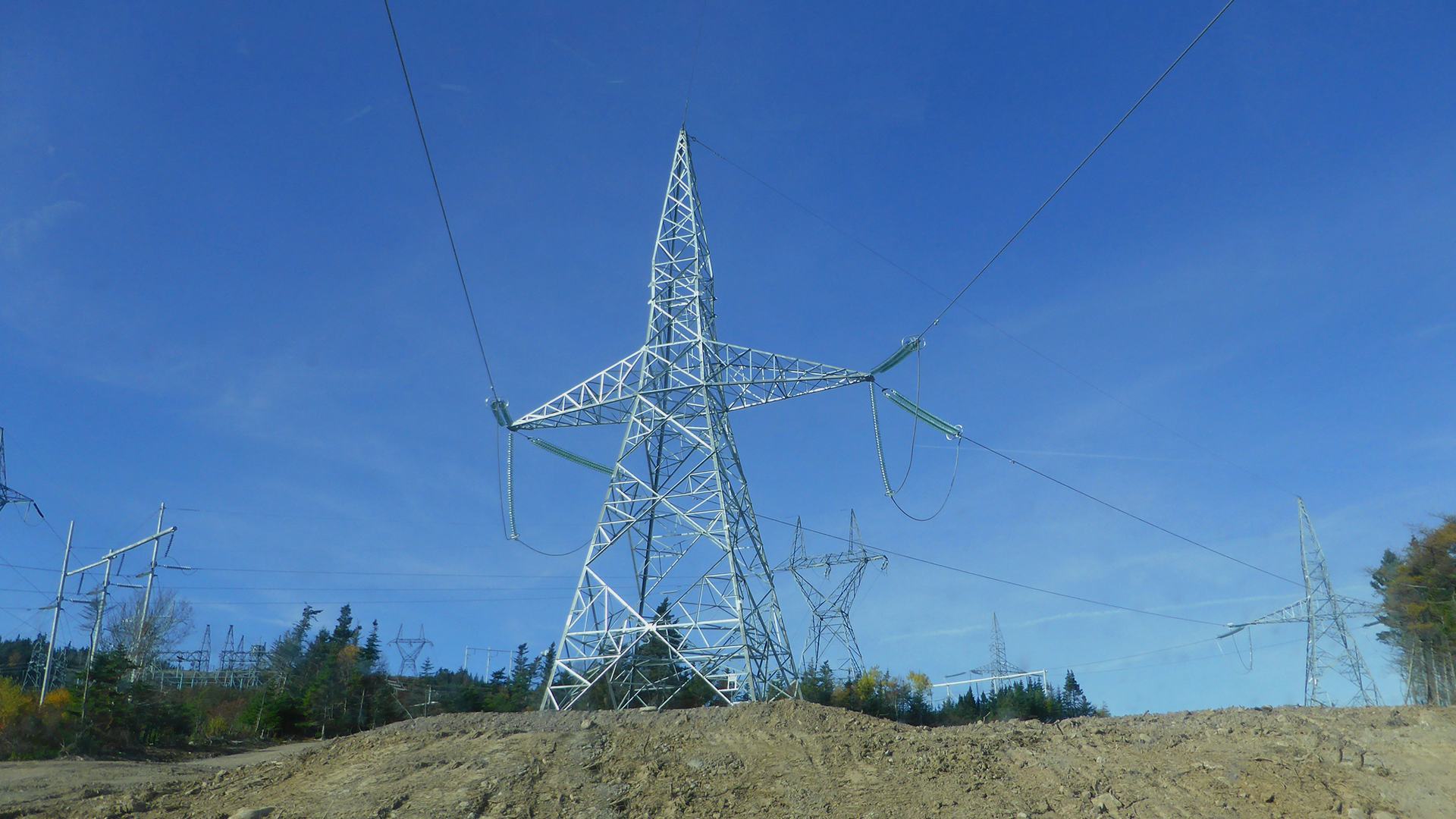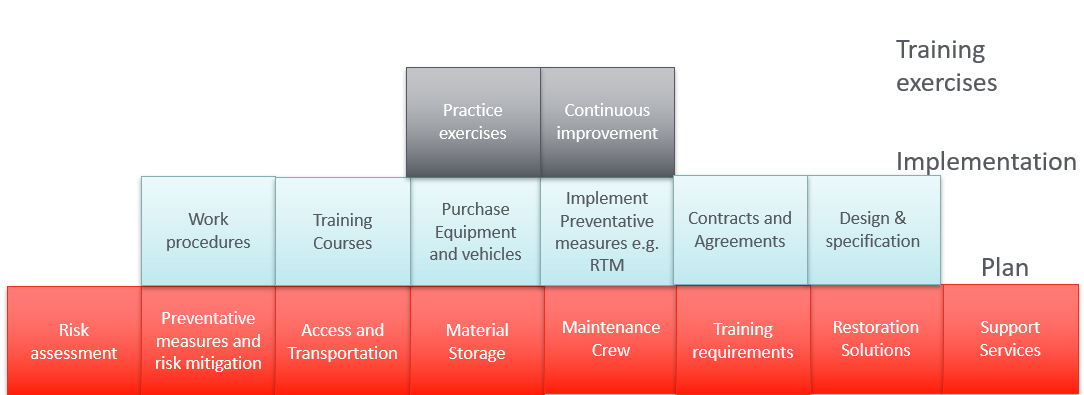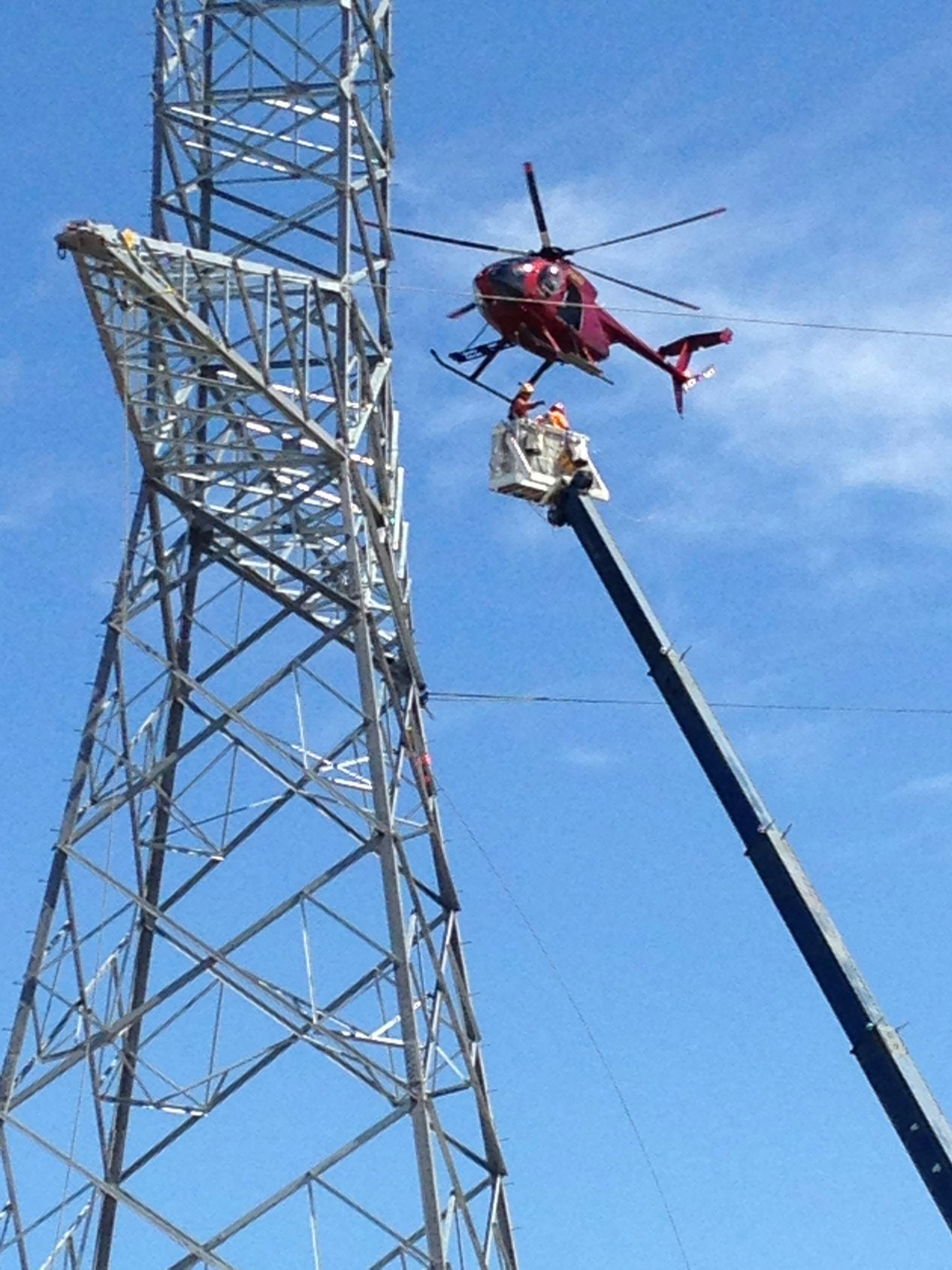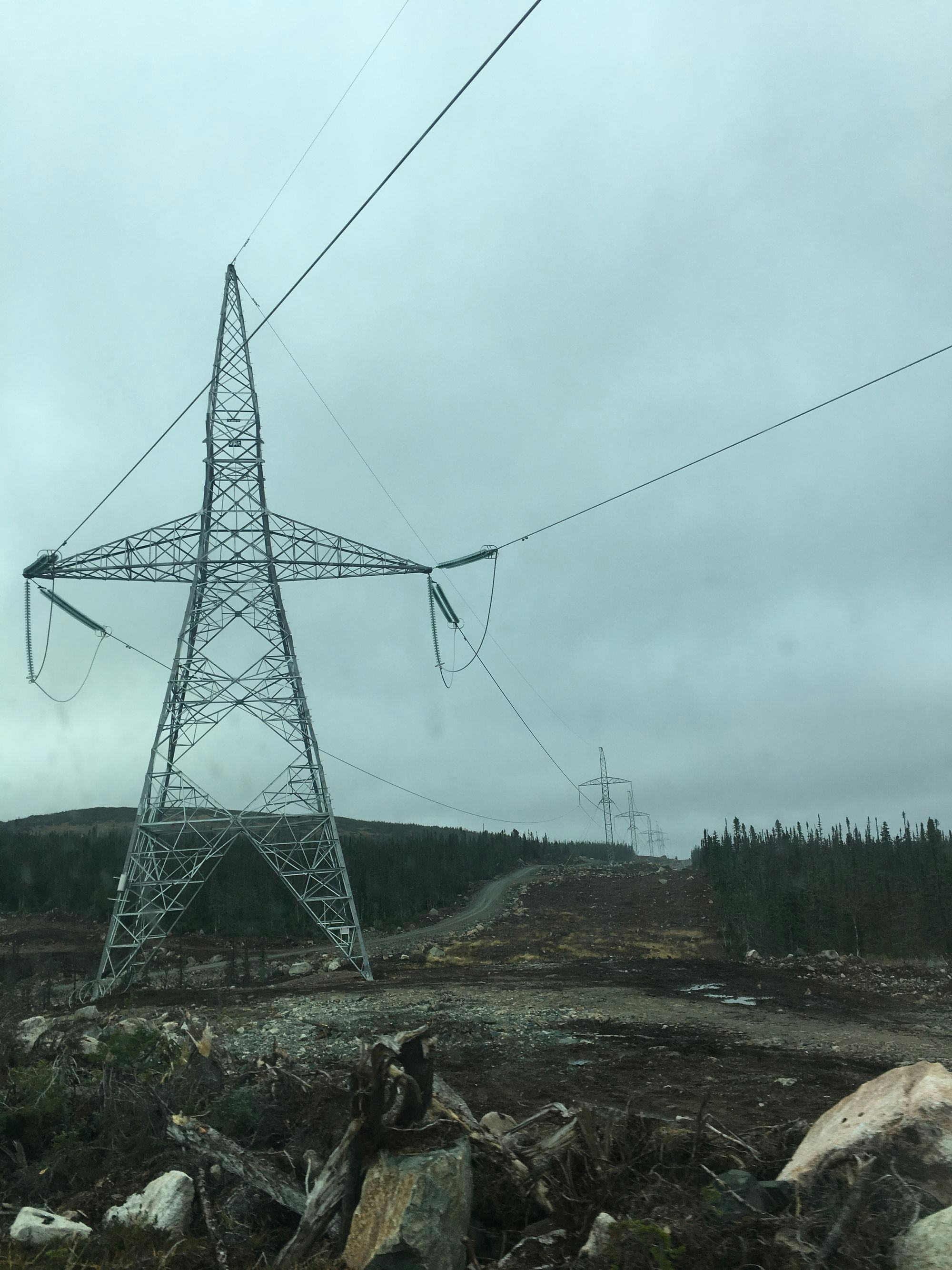
Emergency Restoration Planning for an 1100 km HVDC line
The project's objective
The Labrador Island Transmission Link (LITL), in Newfoundland Canada, is a unique transmission line with great challenges with respect to emergency response planning (ERP), especially considering that several of the challenges can combine to occur at the same time. The main contributing factors:
- The length of the line, 1100 km
- Partly remote area and difficult terrain
- Challenging winter conditions, especially with respect to access
- Many different risk factors
- High level of importance
As part of the ERP process, a risk workshop was held with participation by the company experts. The risk assessment helped highlight operational risks that were otherwise not easily identifiable and known, which assisted in creating a comprehensive list of 65 prioritized risk mitigation measures covering the following categories:
- Crew competence and availability
- Transportation
- Equipment, Materials and work procedures
- Information management
- Maintenance
- Operation of the line
It is essential to note that a common ERP cannot be applied to all lines as each line is unique in location and risks. It is also equally important to consider restoration methods for the line during the design phase thereby saving the utility on downtime, the risk to staff and life cycle cost. Location of materials must be carefully considered taking into consideration, access, travel time, resources such as helicopters and track equipment for snow areas, experience of personnel and conditions when failures are most expected.
EFLA incorporated all these aspects, including methods for retention of skilled staff, into creating a comprehensive ERP for Nalcor based in St Johns, Newfoundland, Canada. Many ready-made restoration solutions are available on the market, however, these are not applicable in all situations and knowing when and how to use such solutions versus restoration of the existing line or implementation of alternate solutions can save utilities money, time and limit risks to staff. EFLA Consulting Engineers used their design and utility experience as well as their relationships with various utility personnel around the world to develop and map the best practices for restoration of the LITL.
Nalcor has already started to implement some of the recommendations with the assistance of EFLA such as:
- Modification of the existing tower top to use composite insulators helping to reduce the tower weight by eliminating the need for the cross arm to be installed during the emergency
- Creation of a wood pole bypass design
- Design of swivel adapter that would allow the guyed mast to be installed onto the locating pin in the foundation with minimal rigging equipment on site
- Creation of method statements and work procedures for critical tasks during the emergency restoration
EFLA's role
- Conduct a Risk Assessment
- Create a detailed ERP
- Generate a recommended spares list
- Establish the best locations for storage of spares along the route
- Recommend risk mitigation measures for the identified risks
- Recommend the appropriate restoration methods for the line depending on the type of failure
The building blocks of an ERP can be considered in three parts, i.e Plan, Implementation and Training exercises to help improve the companies preparedness. Each building block is made of several tasks as shown in the image below.
EFLA was involved in the Plan and Implementation stages and continues to interact with Nalcor on the emergency restoration planning.

Levels of ERP.
The project's long term benefits
Emergency preparedness is essential when operating an electricity network, as failure of the network can result in loss of income and possibly lives. When fully implemented, the ERP will prepare the utility with the necessary tools and resources to effectively deal with a failure of the LITL.
 1 / 2
1 / 2 2 / 2
2 / 2